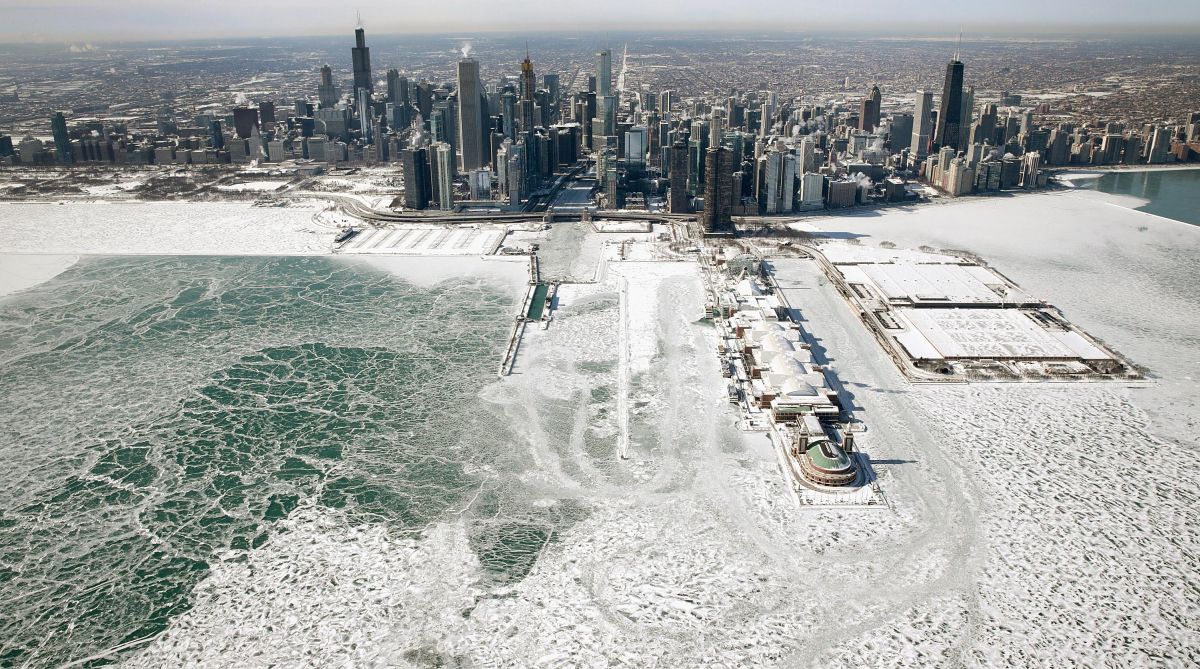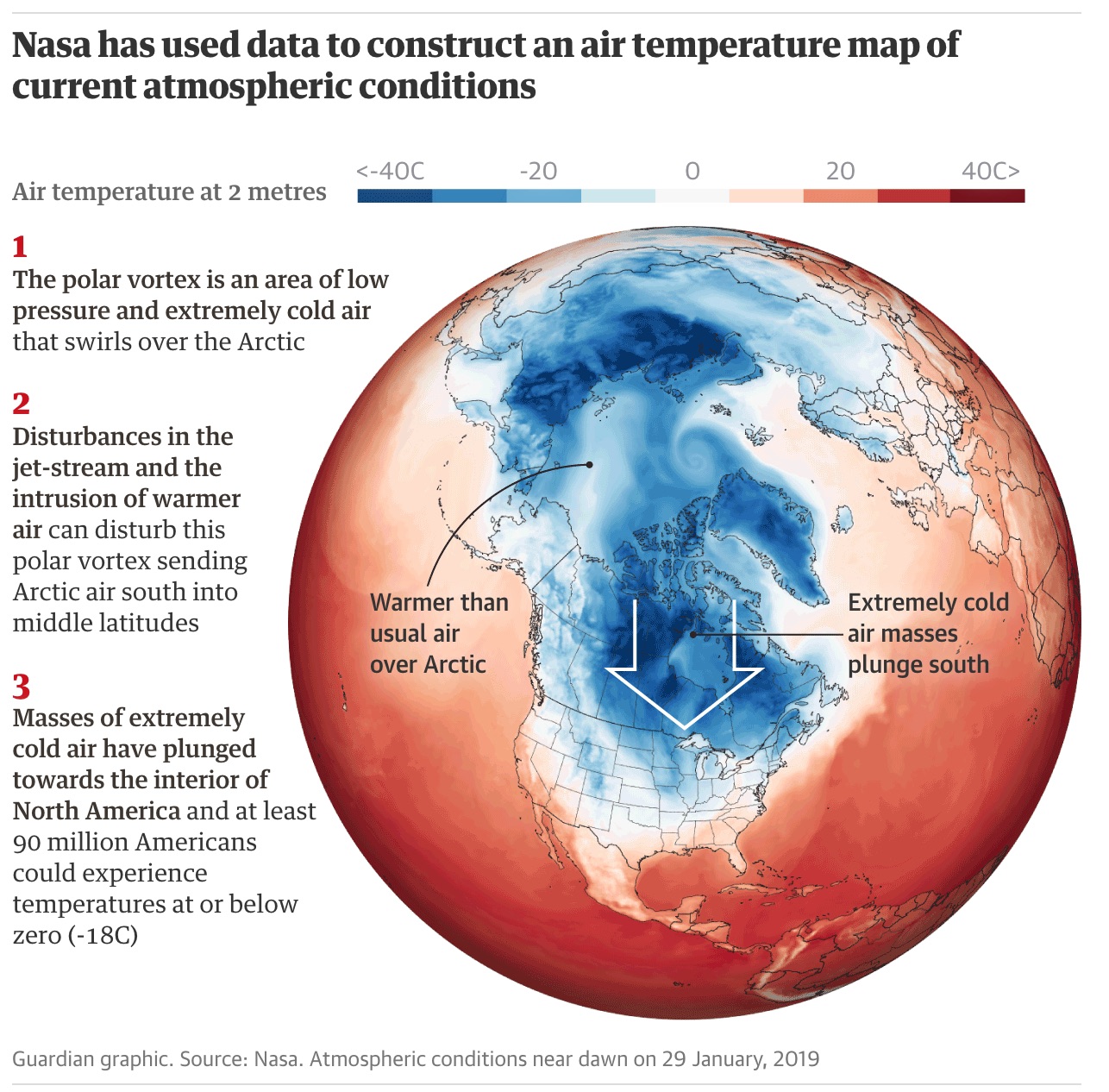

The January 2021 event pushed the polar vortex from its normal position over the North Pole all the way over to Europe and Siberia, nearly pulling it apart multiple times in the process. When the jet stream gets wavy, it can dip farther south, bringing cold air and winter storms with it. Another beautiful event! /ml59N1cDohĪt this point, the domino has tipped over: Eventually the jet stream feels the effects of the weakened polar vortex above, and it can begin to undulate. Here is my "official" 3D animation of this year's stratospheric #PolarVortex split. When this happens, temperatures in the normally cold polar stratosphere explosively rise by as much as 90 degrees F (50 degrees C) over the span of a few days, hence the name of these events. Sudden stratospheric warming is the technical name for these violent disturbances that severely distort and weaken the vortex, knocking it off of the pole or even ripping it apart. This is precisely what has unfolded this year: On January 5, the polar vortex was completely thrown out of whack by an event called a sudden stratospheric warming. As the polar vortex deforms between December and January, the jet stream became much wavier and brought cold storms farther south. If this happens often enough over a period of time, everything can go haywire with the polar vortex as the winds break down and the vortex warms up. When this happens, the structural integrity of the polar vortex begins to break down.

Image via Zachary Lawrence/ CIRES/ NOAA.īut sometimes, these weather and jet stream variations can knock the polar vortex off balance, causing significant wobbles in its shape, location, temperatures and winds.

Between December (left) and January (right), the polar vortex moved entirely off the North Pole and lost much of its structural integrity. Like an elastic band, the vortex usually rebounds back to its normal shape and size, maintaining its strong winds and low temperatures. Normal variations in the jet stream and weather can disturb the structure of the vortex in the stratosphere. Since the Earth’s atmosphere is one giant shell of air that moves like a fluid, the polar vortex is interconnected with the weather that moves around the Earth at lower altitudes. When the jet stream changes, it affects the movement of weather systems, causing different parts of the world to see much warmer or colder, or much wetter or drier conditions. The strength of the polar vortex can vary widely during winter, and these variations can lead to shifts in the strength and position of the jet stream, the fast-flowing river of air in the troposphere beneath the polar vortex.

The polar vortex does influence winter weather, but it is more like a domino: when it is knocked over, it can start a chain of events that later result in wild weather. In the darkness of the winter polar night, temperatures within the polar vortex can easily get lower than minus 110 degrees F (minus 79 degrees C).įortunately for everyone, the stratospheric polar vortex itself won’t appear outside your front door. They blow from west to east with sustained speeds easily exceeding 100 mph (160 kph). These winds are located about 10 to 30 miles (16 to 50 km) above Earth’s surface, in the layer of the atmosphere known as the stratosphere. The polar vortex is an enormous, three-dimensional ring of winds that surrounds the North and South poles during each hemisphere’s winter. Image via AP Photo/ John Minchillo/ The Conversation. Get one while you still can! A weak polar vortex in early 2021 created a curvy jet stream that brought cold and winter storms to the northeastern U.S. The actual polar vortex can’t put snow in your backyard, but changes in the polar vortex can load the dice for wintry weather – and this year, the dice rolled Yahtzee.ĮarthSky lunar calendars are running out. Media headlines hint that the polar vortex has arrived, as if it were some sort of ice tornado that wreaks wintry havoc wherever it strikes.Īs atmospheric scientists, we cringe when the term polar vortex is used to loosely refer to blasts of cold weather. Northern Siberia is no stranger to cold, but in mid-January 2021, some Siberian cities reported temperatures below minus 70 F (minus 56 C). Just a few weeks earlier, Spain experienced a historic and deadly snowstorm and dangerously low temperatures. Image via AP Photo/ Bill Sikes/ The Conversation.īy Zachary Lawrence, University of Colorado Boulder and Amy Butler, National Oceanic and Atmospheric AdministrationĪt the start of February 2021, a major snowstorm hit the northeast United States, with some areas receiving well over 2 feet (60 cm) of snow. The polar vortex influences the jet stream, which can bring cold winter weather to the U.S.


 0 kommentar(er)
0 kommentar(er)
